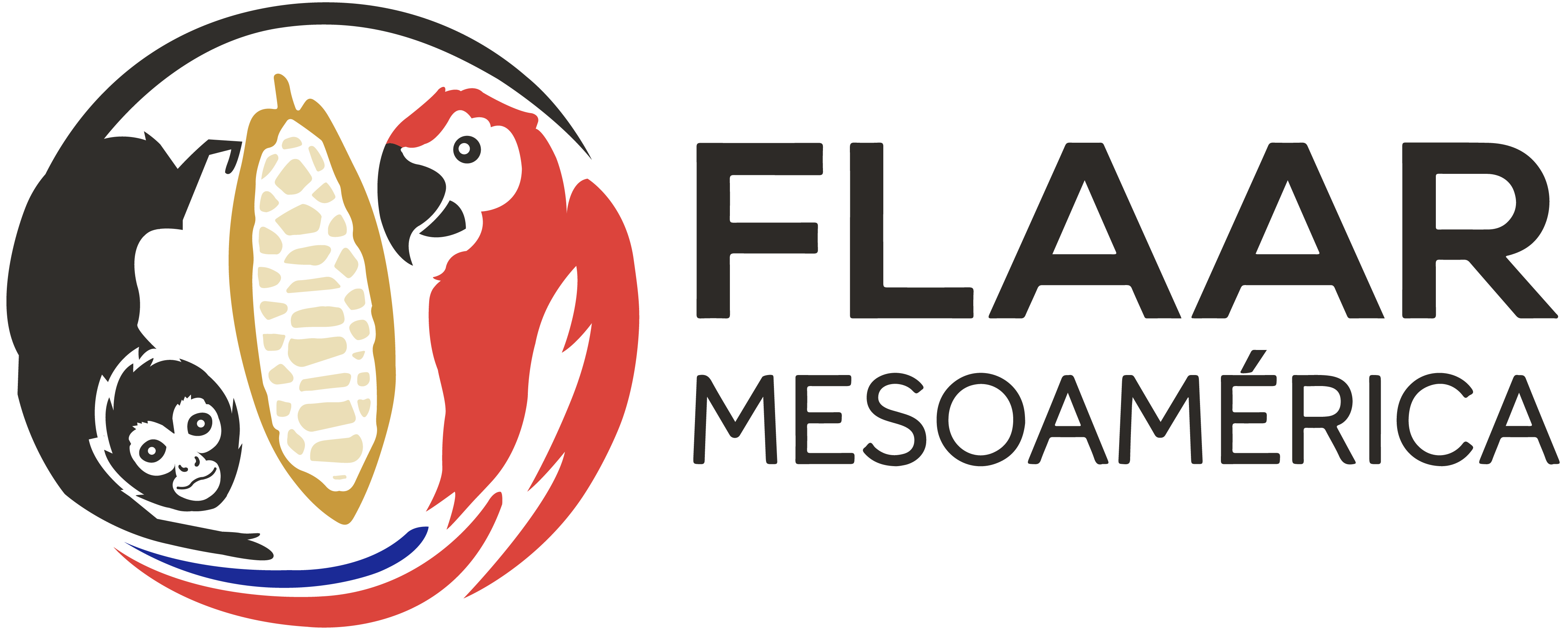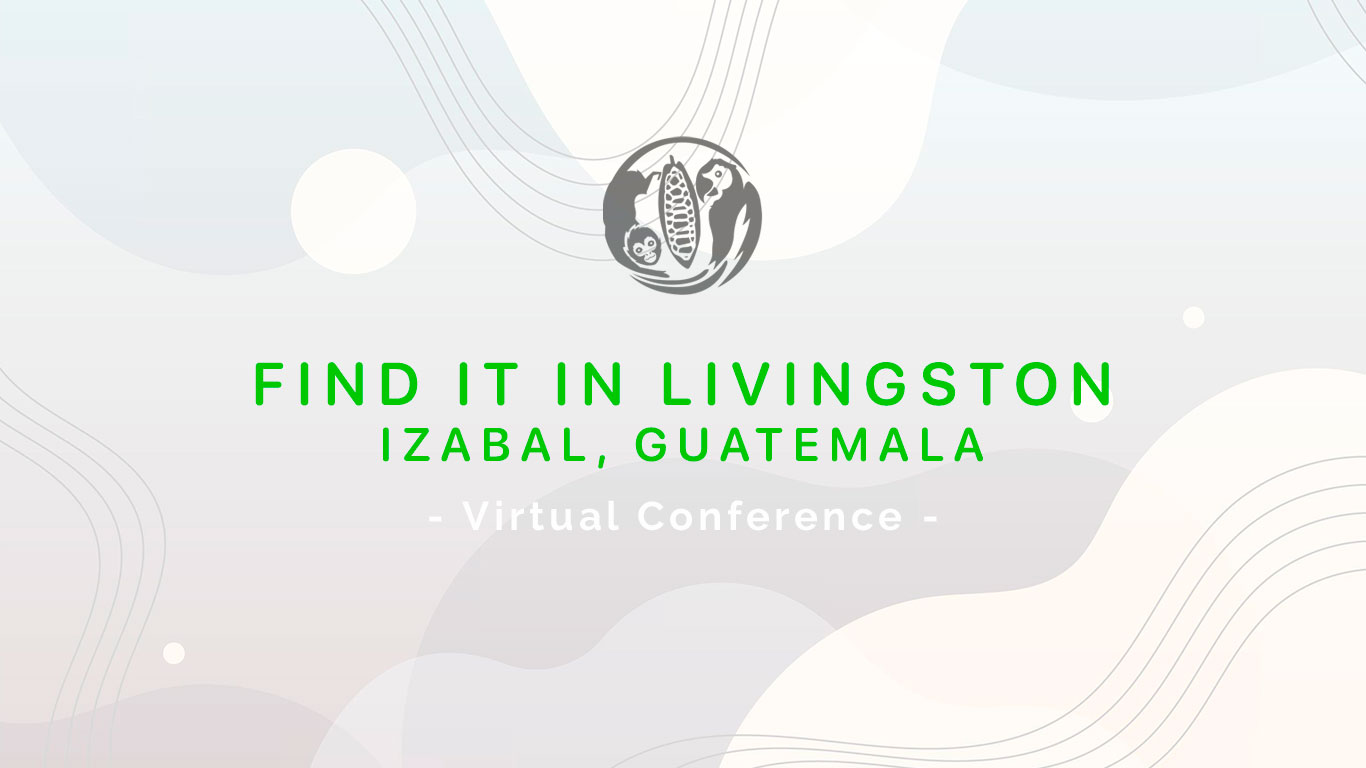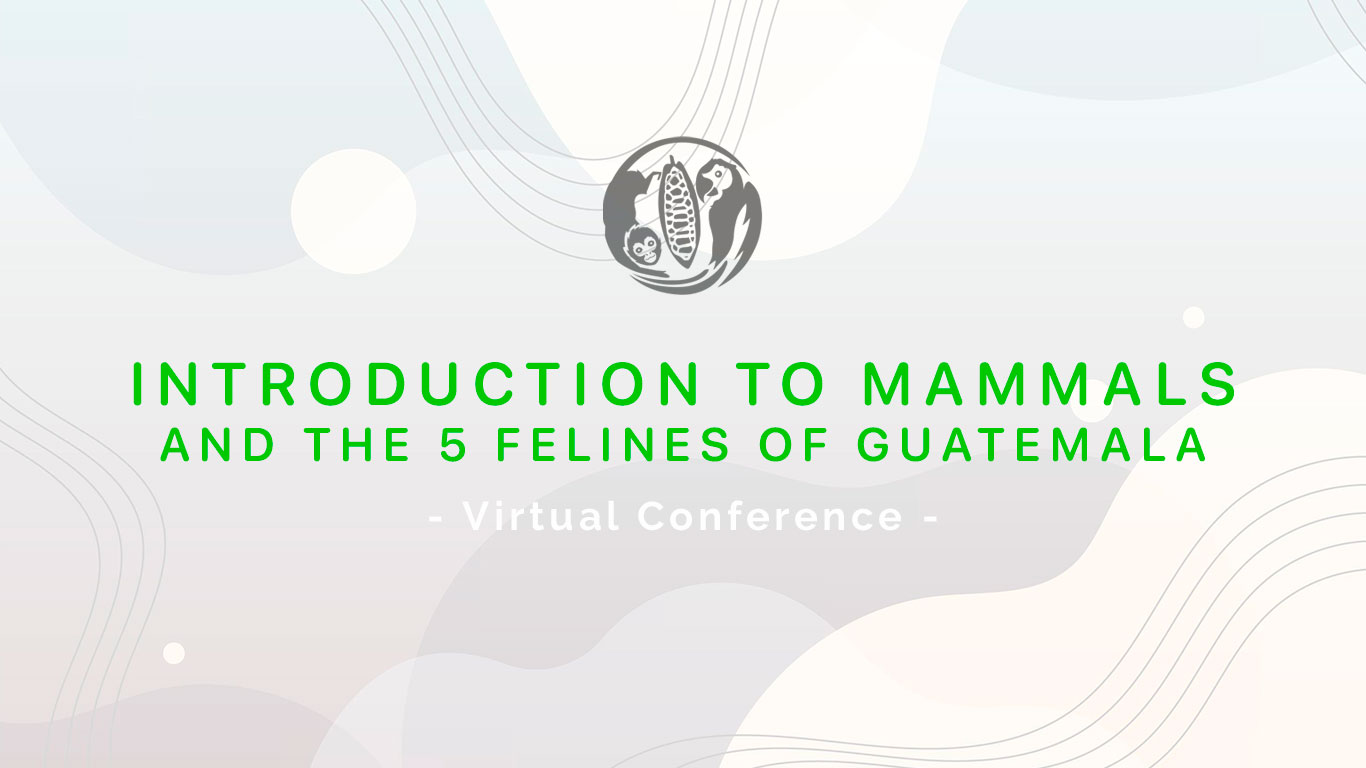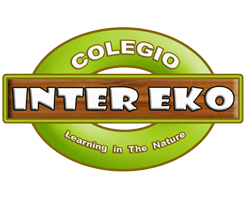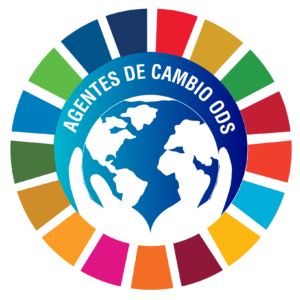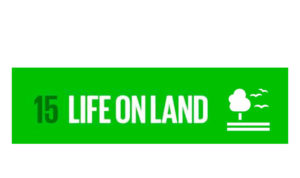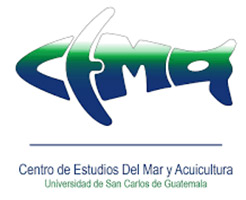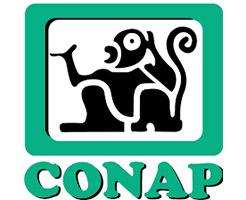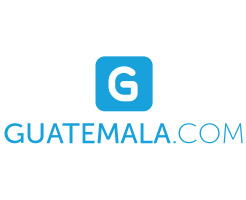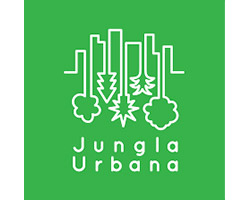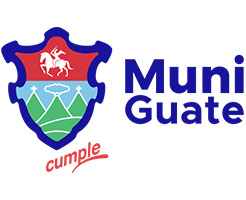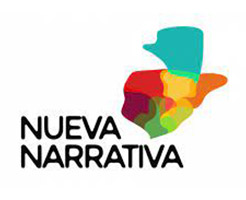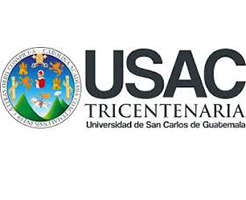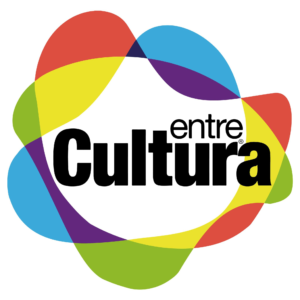Ibagari en el Caribe Guatemalteco is a documentary that features Livingston, a municipality in Izabal, known for its abundant flora and fauna, as well as its rich cultural heritage. Livingston is home to the majority of the Garífuna community in Guatemala, a unique culture distinguished by its language, cuisine, and dance. The documentary invites us to reflect on the importance of biodiversity, culture, and protected areas, as well as their influence on the lives of local inhabitants.
Latest News & Blog entries
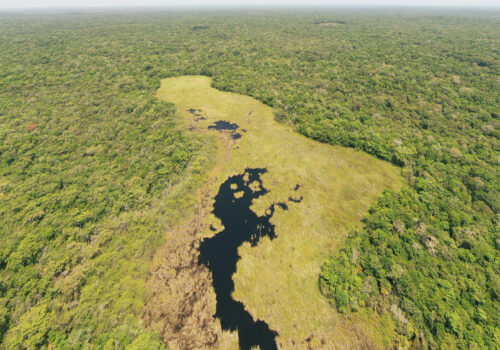
Unexplored habitats: the floodable savannas of Petén
Not every ecosystem and habitat in the world has been explored yet. In commemoration of World Habitat Day, FLAAR Mesoamérica encourages you to learn about one of the least known…
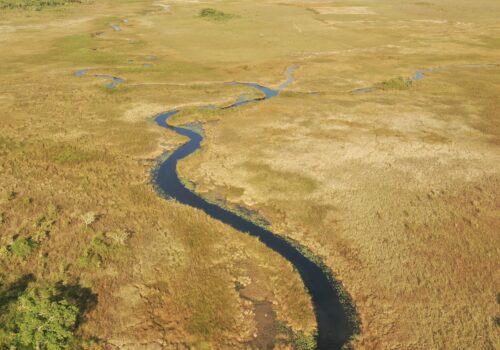
Rivers of Life: Navigating Guatemala’s Waterways Through the Lens of Conservation, and their Current Challenges
Most people may not be aware of how crucial rivers are in the present, since their connection to the daily life in cities may not be as apparent. However, they…
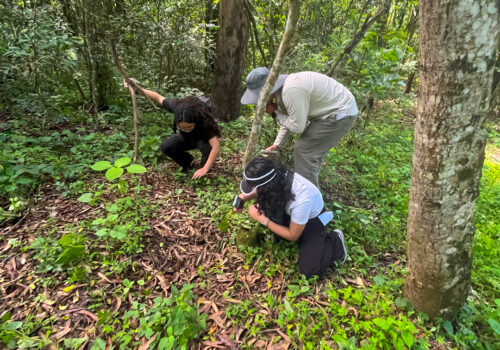
Our Second Biodiversity Workshop
For the second time in the last two years, FLAAR Mesoamérica’s research team got to deliver a workshop on biodiversity for undergraduate students of Rafael Landívar University. This time, both…
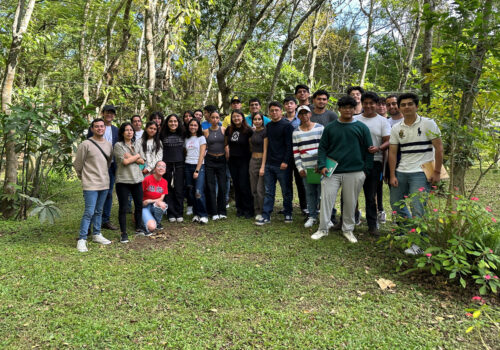
Our first workshop on ethnoecology
Ethnoecology is the interdisciplinary approach that studies holistic ways in which nature is seen by different human groups or different cultures. In that sense, one of its approaches is through…
Explore Guatemala
Our Projects
Flora and fauna research
FLAAR Mesoamerica is a non-profit organization that does research and educational projects on plants and animals of Guatemala and nearby countries
Educational FLAAR Reports
Educational material that provides information, annotated bibliographies, and impressive photographs of the native birds, mammals, insects and other fauna plus edible and useful plants of Guatemala and the Mayan-influenced areas of Mesoamerica.
Educational Material for local schools
Infographies, banners, and associated illustrated teaching aids for school children, for the teachers, and for the parents and grandparents of the school kids also. When we visit schools in far-away mountains and rain forest areas, the teachers and village elders ask if we can please provide educational material in Spanish, in the local language (often…
MayanToons
Mayan Toons is a division of FLAAR Mesoamerica (in Guatemala) which is an affiliate of FLAAR (in USA). Mayan Toons is inspired to prepare fun, friendly, educational, helpful books to inspire school children (and their parents and grandparents). We focus on encouraging initiative, family values and ethics, and protecting fragile ecosystems and local plants and…
Our Colabs & appearances
Our research team has multiple goals
To provide professors, researchers, students and interested lay people around the world with high-quality information on rare plants and endangered animals (birds, mammals, fish, pollinators, etc.) of southern Mexico and adjacent countries of Mesoamerica (Guatemala, Belize, Honduras, and El Salvador).
To assist professors, researchers and students in Guatemala with unparalleled quality digital photographs of flora and fauna of Guatemala and to share our digital library of over 2 TB on birds, mammals, reptiles, amphibians, insects, arachnids, etc. and over 5 TB on orchids, bromeliads, cacti, trees, vines, bushes, grasses, ferns, mosses, mushrooms, and lichen of…
To coordinate with teachers in rural and remote areas of Guatemala and provide them educational material for their students in the local Mayan, Spanish, and English languages. We are also open to providing material in Xinca and Garifuna languages.

FLAAR Staff
The Biodiversity Documentation Project in the Main Protected Areas of the Reserva de la Biósfera Maya (RBM)
The Biodiversity Documentation Project in the Main Protected Areas of the Reserva de la Biósfera Maya (RBM) in Petén is a cooperative effort between FLAAR (USA) through the non-profit registered in Guatemala, FLAAR Mesoamerica and the National Council of Protected Areas (CONAP) to complement the registry of species of fauna, flora, fungi, lichens, and ecosystems that form part of the natural heritage of Guatemala. This project was initiated with the agreement signed in March 2021 and will be continued for five years (2021-2025).
Visit our other Websites
Maya-Ethnobothany
Visit WebsiteOrchids, heliconia, waterlily + edible Maya plants.
Maya-Ethnozoology
Visit WebsiteJaguars, iguanas, birds, insect pollinators, monkeys.
Maya-Archaeology
Visit WebsiteHow did Dr Nicholas learn about the Maya rain forests cultures?
Digital Photography
Visit WebsiteMayan Characters
Visit Websitewww.Mayan-characters-value-
based-education.org
Dr Nicholas interacting with jaguars, pumas, and with tarantulas hiking up his arm.
MayanToons
Visit WebsiteFLAAR REPORTS
Visit WebsiteWide-format inkjet printer research and product evaluations of inks, cutters, laminators, international signage and visual communications trade shows, etc.
